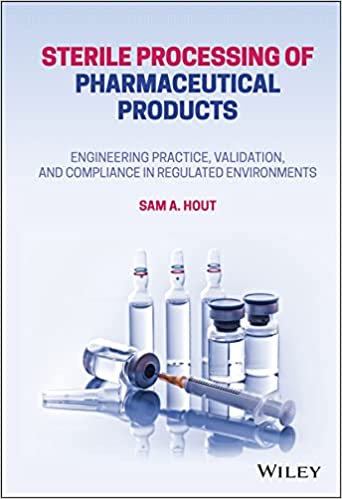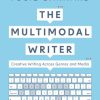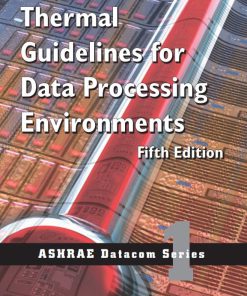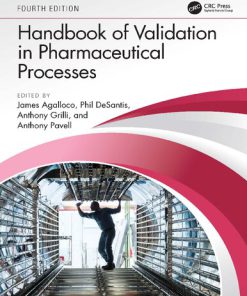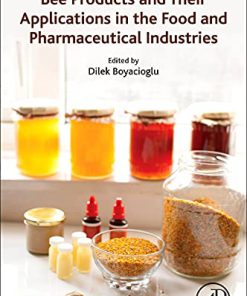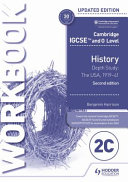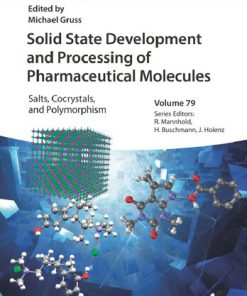Sterile Processing of Pharmaceutical Products: Engineering Practice, Validation, and Compliance in Regulated Environments 1st Edition by Hout 9781119802341 1119802342
$50.00 Original price was: $50.00.$25.00Current price is: $25.00.
Sterile Processing of Pharmaceutical Products: Engineering Practice, Validation, and Compliance in Regulated Environments 1st Edition Hout – Ebook Instant Download/Delivery ISBN(s): 9781119802341, 1119802342
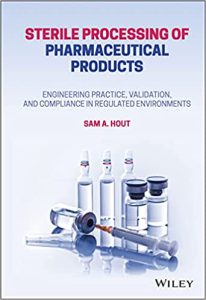
Product details:
- ISBN 10:1119802342
- ISBN 13:9781119802341
- Author: Hout
Sterile Processing of Pharmaceutical Products
Engineering Practice, Validation, and Compliance in Regulated Environments
Describes the methodologies and best practices of the sterile manufacture of drug products
Thoroughly trained personnel and carefully designed, operated, and maintained facilities and equipment are vital for the sterile manufacture of medicinal products using aseptic processing. Professionals in pharmaceutical and biopharmaceutical manufacturing facilities must have a clear understanding of current good manufacturing practice (cGMP) and preapproval inspection (PAI) requirements.
Sterile Processing of Pharmaceutical Products: Engineering Practice, Validation, and Compliance in Regulated Environments provides up-to-date coverage of aseptic processing techniques and sterilization methods. Written by a recognized expert with more than 20 years of industry experience in aseptic manufacturing, this practical resource illustrates a comprehensive approach to sterile manufacturing engineering that can achieve drug manufacturing objectives and goals. Topics include sanitary piping and equipment, cleaning and manufacturing process validation, computerized automated systems, personal protective equipment (PPE), clean-in-place (CIP) systems, barriers and isolators, and guidelines for statistical procedure. Offering authoritative guidance on the key aspects of sterile manufacturing engineering, this volume:
- Covers fundamentals of aseptic techniques, quality by design, risk assessment and management, and operational requirements
- Addresses various regulations and guidelines instituted by the FDA, ISPE, EMA, MHRA, and ICH
- Provides techniques for systematic process optimization and good manufacturing practice
- Emphasizes the importance of attention to detail in process development and validation
- Features real-world examples highlighting different aspects of drug manufacturing
Sterile Processing of Pharmaceutical Products: Engineering Practice, Validation, and Compliance in Regulated Environments is an indispensable reference and guide for all chemists, chemical engineers, pharmaceutical professionals and engineers, and other professionals working in pharmaceutical sciences and manufacturing.
Table contents:
Acknowledgments
1 Introduction
2 Sterilization
Steam Sterilization
Flash Sterilization
Low‐Temperature Sterilization Technologies
Ethylene Oxide Gas Sterilization
Hydrogen Peroxide Gas Plasma
Disinfection and Surface Sterilization Using Peracetic Acid
Ionizing Radiation
Dry‐Heat Sterilizers
Filtration
Microwave
Vaporized Hydrogen Peroxide (VHP®)
Ozone
Formaldehyde Steam
Gaseous Chlorine Dioxide
Vaporized Peracetic Acid
Infrared Radiation
Sterilization Cycle Verification
Monitoring
3 Sterile Manufacturing Facilities
4 Sanitary Process Piping and Equipment
QA Procedures
Standard Operating Procedures – cGMP Installations
Heat Exchangers
Sanitary Pumps
Sanitary Tanks
Instruments
Pressure Transmitter (Various Sources)
Temperature Transmitter (Various Sources)
Standard Operating Procedures – cGMP Installations
Surface Finish
Welding
Process/Procedure
Records (General)
Records
Automatic Orbital Welding
5 Passivation
In‐house Passivation Using Vats
Spot Passivation
Astro Pak UltraPass Gel Passivation
Alternative Process
Control of Passivated Items
Preparing, Testing, and Adjusting Cleaning and Passivation Chemicals (Passivation in Vats)
Notes
6 Chilled Water System
Process Description
Commissioning of HVAC
Installation Verification – X Ton Chiller System
System Startup – X Ton Chiller
Functional Testing – X Ton Chiller
7 Clean‐In‐Place (CIP) Systems
Life Cycle Requirements
Product and Process User Requirements
Process Quality Requirements
Process Parameter Requirements
Installation User Requirements
Operational Requirements
8 Computerized Automated Systems
Functional Requirement Specification
EMS User Requirement Specification
System Functions
Interfaces
Nonfunctional Attributes
Functional Requirement Specification
Automation Overview
System Functions
Interfaces
Nonfunctional Attributes
Software Module Design Specification
Functional Requirement Specification
Automation Overview
System Functions
Interfaces
Nonfunctional Attributes
Software Design Specification
Software Design Specification
Alarm Daily Report
Electrical – Controls Equipment Specifications
Notes
9 Personal Protective Equipment (PPE) and Process Flow
10 Sterile Aseptic Processing
11 Integrated Facility Design
Case Study
12 Barriers and Isolators
Isolator Design Considerations
13 Guidelines for Statistical Procedure
Process Capability Analysis
Long‐term Studies
Acceptance Sampling
Transformation of Non‐normal Data (Normalization)
Failure Mode and Effect Analysis (FMEA)
14 Calibration
Contingency Plan/Disaster Recovery
15 Cleaning Validation
New Products and Product Changes
Cleaning Processes and Changes
Cleaning Processes (Manual and Automated)
Worst‐Case Identification – Product/Component
Hold Time Development
Continuous Process Verification
16 Validation of Filling Equipment
17 Manufacturing Process Validation
Stage 2 – Process Qualification
Appendix A: Installation Test Plans
Appendix B: Operational Tests Plans
Appendix C: WFI Turbulence Flow Requirements
Appendix D: Water For Injection (WFI) – Design Requirements
Process Description
Specifications
Appendix E: Solution Transfer System (STS) – Design Requirements
System Description
Bulk Powder Handling System
Glossary
FDA
EU GMP Guide Annex 15
Nomenclature
References
References
References
Further Reading
Index
Back Cover
End User License Agreement
Read Less
People also search:
sterile processing of pharmaceutical products
what are sterile pharmaceutical products
sterile pharmaceutical products list
chemicals used in sterile processing
examples of sterile pharmaceutical products
You may also like…
Engineering - Energy & Power Resources
Thermal Guidelines for Data Processing Environments 5th Edition by Ashrae 1947192655 9781947192652
Uncategorized
Good Quality Practice GQP in Pharmaceutical Manufacturing A Handbook 1st Edition Jordi Botet
Uncategorized
Education Studies & Teaching - Studying & Test Preparation

